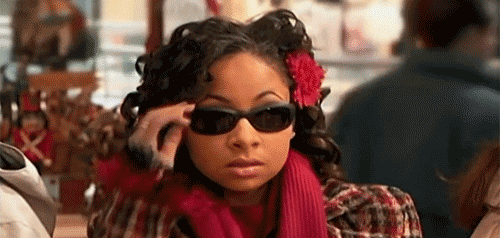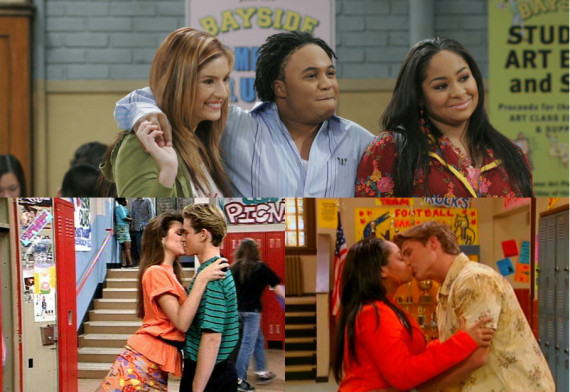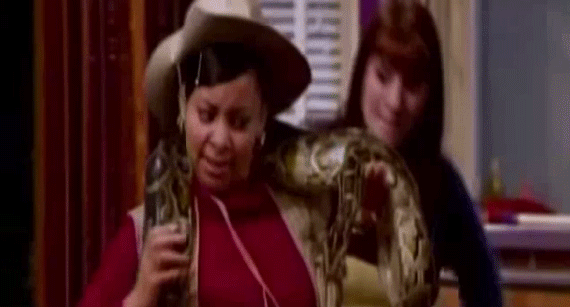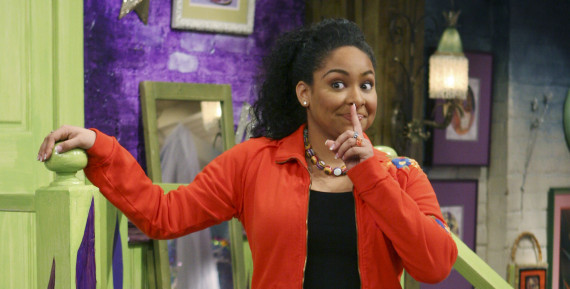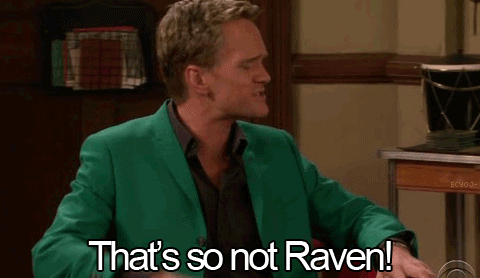
On December 17, 1943, Dietrich Bonhoeffer wrote to his parents from inside of a jail cell. The thirty-seven year old Lutheran pastor and theologian had been arrested the preceding April as a result of his vehement protests against Germany’s Nazi regime. Yet during that season of Advent, the period where Christians anticipate the coming of the Christ child, Bonhoeffer’s letter reveals a liberated conscience that stood in stark contrast to his physical bondage. “From the Christian point of view,” it reads, “there is no special problem about spending Christmas in a jail cell. The misery, suffering, poverty, loneliness, helplessness and guilt associated with prison mean something quite different in the eyes of God from …
On December 17, 1943, Dietrich Bonhoeffer wrote to his parents from inside of a jail cell. The thirty-seven year old Lutheran pastor and theologian had been arrested the preceding April as a result of his vehement protests against Germany’s Nazi regime. Yet during that season of Advent, the period where Christians anticipate the coming of the Christ child, Bonhoeffer’s letter reveals a liberated conscience that stood in stark contrast to his physical bondage.
“From the Christian point of view,” it reads, “there is no special problem about spending Christmas in a jail cell. The misery, suffering, poverty, loneliness, helplessness and guilt associated with prison mean something quite different in the eyes of God from what it means in the judgment of men. God will approach where men turn away. Christ was born in a stable because there was no room for him in the inn. These are the things that a prisoner can understand better than other people.”
From inside this prison cell, Bonhoeffer came to appreciate the season of Advent. He both came to interpret Christ’s coming with greater spiritual meaning, as well as anticipate and receive Christ’s love with fuller comprehension. Because from April 1943 to his execution at the hands of the government in 1945, Bonhoeffer’s life became a literal waiting game. He was waiting for his freedom; waiting for the war to end; waiting to hear positive reports from his fiancé and parents amidst government attacks on their character and lives.
Yet despite his imprisonment, and his faith in the words of Isaiah, “they that wait on the Lord shall renew their strength–Bonhoeffer would not allow his waiting to be a passive endeavor. Though victimized, he refused to concede to injustice and become a victim. But rather he would use the power of his pen to offer theological reflections regarding the moral responsibility of Christians to stand up against injustice. We are to hold fast to the coming of Christ, by preparing the way for Christ.
In this regard, Dietrich Bonhoeffer’s advent reflections are consistent with the demands of today’s scriptural protagonist. In this morning’s text we witness a community preparing the way for the coming of Jesus. Mark’s gospel begins by citing the prophesy of Isaiah. God will send a messenger to prepare the way. God will raise up a voice crying out in the wilderness to announce the coming of the one who will bring good news and set the captives free. And God will send forth a prophet who will prepare the people for Immanuel. This messenger, this voice, this prophet is none other than John the Baptist.
John the Baptist has one sermon. Repent! Repent for the Kingdom of God is at hand. Get yourselves in order because there is one who is coming–the prince of peace–who will come and typify what God’s kingdom looks like. There is one who is coming, he will be born among the lowly in order to bring good news to the poor. He will be falsely accused and executed so that all who are imprisoned will know he can release the captives. And he will commune with those who have been left out and left behind, so that the oppressed will understand that they have favor with the Lord. We shall call him Immanuel because he will indeed be God dwelling with and among us. “If you are excited about his coming,” John declares, “and if you want to be baptized by the One whose sandals I am not worthy of untying, I declare to you, Repent!”
John the Baptist is not talking solely about the simple personal, purification ritual of baptism–though this is part of the charge. John is also referring to national repentance. For both Isaiah in the 8th century BC and John in the 1st century CE, national repentance was regarded as the prelude for the “day of the Lord,” the day that God will judge the nation for its sins. This is why Herod Antipas, the Roman ruler of Galilee sentenced John the Baptist to death. In calling for national repentance, in calling for social reform, and in calling for the liberation of Galilee, this client state of the Roman Empire, John the Baptist posed a serious threat to the establishment of Pax Romana–Roman Peace. In calling for the empire to repent, John was declaring that peace predicated upon tyranny and maintained by terror is not peace; it is sin.
Therefore, we cannot just sit back and wait on the Prince of Peace. We cannot just passively comport ourselves to the logic of a sin, sick society. We cannot declare that we are preparing the way of the Lord, while accepting the mistreatment of the most vulnerable for whom God cares most. We cannot wait until Jesus comes. We need to get busy now. “Prepare the way for the Lord, make straight paths for him.”
As we make our way through this Advent season, I believe we can find here a fitting message for our nation–a nation that is seemingly unraveling at the thinly stitched seams of law and justice. Let’s not put our heads in the sand. There is a cruel blood ritual taking place in our country in the name of public safety. There appears to be a high tolerance for the killing of unarmed black males in our nation in the name of fighting crime. And it appears that for many in our country, giving police officers the right to shoot first and find a justification later is what it means for them to “protect and serve” when it comes to communities of color.
This is why hundreds of thousands from across this nation have taken to the streets in fury and frustration. People are furious that a child like Trayvon Martin can be pursued for walking in his father’s neighborhood and be shot in cold blood because a zealous neighborhood watchman says he felt threatened. People are frustrated that grand juries are still willing to give police officers’s sole testimony the benefit of the doubt, when in countless other cases of officers using deadly force, subsequent video evidence contradicted official police reports.
Let’s consider three cases in the past six months alone. Officers in St. Louis said, Kajiem Powell was lunging at them with a knife when they empty bullets into him, yet video shows that the mentally ill man was wandering aimlessly in circles yelling “shoot me” over a dozen yards away from officers. Officers in Staten Island said that Eric Garner died of cardiac arrest, until a video revealed an illegal chokehold and a coroner’s report ruled Gardner’s death homicide by asphyxiation. And officers in Cleveland said that they yelled out to twelve year old Tamir Rice to put down his toy gun three times, until a video revealed the car speeding up on the scene and an officer shooting immediately upon opening his door–an officer that a suburban Ohio department had ruled unfit for duty due to his lack of attention to gun safety. Yet he was fit for Cleveland’s impoverished westside.
So this is why some people in this nation have trouble giving police officers who use deadly force the benefit of the doubt–particularly people who live under draconian policies such as stop and frisk, and broken window policing. Of course everyone knows that there are wonderful police officers out there who put their lives on the line to protect and serve, and I would think they would raise their voice the loudest against this system. But for those who think this is overblown, until one feels the dehumanizing blow of being the wrong race in the wrong space, and thus always and already guilty, one should refrain from all of the sanctimonious bromides about guilt, innocence, and or simply “following the law.”
Let me tell you a story. A few years ago, I was in Little Rock, Arkansas, a groomsman in a wedding. Several alumns of Morehouse College flew in from all across the country to share in this special occasion. There were about ten of us, and we were gathered in the host hotel parking lot to caravan over to the rehearsal dinner. Two of our cars collided in a mild fender bender, as we hurriedly backed out of our parking spaces at the same time. We got out of the SUV’s and called the police to get a police report for the insurance companies. Ten minutes later three police cars pulled up, the officers jumped out with guns drawn. They yelled for us to get our hands on the cars. These officers were not responding to our 911 call. But rather they were responding to the 911 call of another guest who reported a gang fight in the parking lot.
There were several physicians in the group; a few of us had or were working toward our PhDs at the time, and one or two Wall Street executives. We all modeled what some would refer to as black respectability politics. Nobody in the group had their pants sagging. Nobody was playing loud music, nobody was talking loud or disrespectful; though I am not quite sure everyone in the group could pass a marijuana test (not that I think all of you in here at the Memorial Church of Harvard University today could pass one either!) But you see it was not a matter of guilt or innocence, it was not a matter of whether we knew how to act or not, but rather as a crowd of African American men our bodies were occupying a space that in the eyes of some they should not have. Thus to the minds of the person who made that call and to the police officers who showed up on the scene, we were already criminals–mere thugs who could have lost our lives with one wrong move.
Nevertheless, I still believe that all of these issues–debates about the use of deadly force, stop and frisk, grand jury non-indictments–they are all symptoms of a much deeper problem in our nation. These are all symptoms of a criminal justice system run amuck and our the United States’s apparent obsession with using prisons as a means of social control.
In the words of Michelle Alexander, what we have witnessed in this nation since around 1970 is the development of a network of laws, policies, social customs and financial interests that have all converged to fuel a criminal industrial complex that disproportionately impacts the poor and people of color, yet imprisons all of us.
What does it mean that in the final three decades of the 20th century the prison population in America grew from 300,000 to over 2 million?
What does it mean that the United States now has an incarceration rate that is anywhere from six to ten times greater than any other industrialized nation? Our nation imprisons a half a million more people than China, though they have a population five times greater than the United States.
And what does it mean that the official crime rate in the United States has remained virtually identical with Finland and Germany but the incarceration rate in those nations have decreased and remained static since 1970?
It means that the so-called War on Drugs and criminalization of poverty in this country has reached its boiling point. No longer can we allow American democracy to be hijacked by those with political and financial interest in criminalizing a critical mass of our society.
For instance, the two largest privately managed, yet publicly held private detention industries, the Corrections Corporation of American and the Geo Group recorded total revenues of 1.7 billion and 1.6 billion, respectively last year. It goes without saying that this sort of flow of revenue has an inordinate influence on federal and state governments, incentivizing policies that will ensure private prison facilities and beds remain occupied. Then we wonder why that the vast majority of those trapped in the U.S. criminal justice system are guilty of low-level, low threat offenses such as drug possession, public order offenses, and even non-payment of associated court fees.
It is time for this nation to repent! This profit-driven criminal justice industry is unsustainable, untenable, and most of all unfit for a so-called healthy democracy. If we believe we need more prisons to keep us safe, than I hate to say it, but as a nation, we are already locked up.
One has to wonder if our emotional investment in prisons may say something about our abiding need to have a population of “others.” As long as we are able to look at a “them” over against ourselves; as long as there is a “criminalized” population contained out of our sight, we know that they are in no way implicated in our lives; as long as we can contain those who have been deemed and dehumanized into “social junk,” we can live within the myth that there is always a direct correlation between a person’s social class and their personal character. And here we find peace–a peace predicated upon tyranny and terrorizing the most vulnerable.
I believe as Christians with a moral responsibility to this nation, we ought to heed the words of Isaiah and John the Baptist morning. We must awaken from our false sense of comfort, and prepare the way for the one who seeks to deliver and set free. To repent is to acknowledge that something has gone awry, and we have a responsibility to confront it. It is easy to judge others. It is easy to assign guilt or innocence to someone else, somewhere else. But when we view others through the lenses of judgment, we blind ourselves to our own sins and complicity with evil. Judgment creates an interpretive chasm. Judgment creates an empathy gulf that dehumanizes the object and diminishes the soul of the viewer.
On the other hand, what does it mean for us to view others the way God views us; not through the lenses of judgement but through the lenses of love and grace? If you have received God’s love, if you have felt the presence of God’s grace in your life, than you already know why you can’t wait for Jesus to come and set the captives free; you already know; that God’s love and grace even given unto one, is sufficient for us all. This is why in our waiting on the Lord in this season of Advent, we should not wait to love; we should not wait to extend God’s grace; and we cannot wait to do justice, love mercy and walk humbly before God. We cannot wait to repent and prepare the way for the one who has and will give us perfect peace.
In the words of the great hymn:
Why should we tary when Jesus is pleading,
pleading for you and for me?
Why should we linger and heed not his mercies
mercies for you and for me?
Come home, come home;
ye who are weary come home;
earnestly, tenderly, Jesus is calling,
calling, O sinner, come home!
Original source:
Why We Can’t Wait: A Sermon On Mark 1:3 and Racism


























